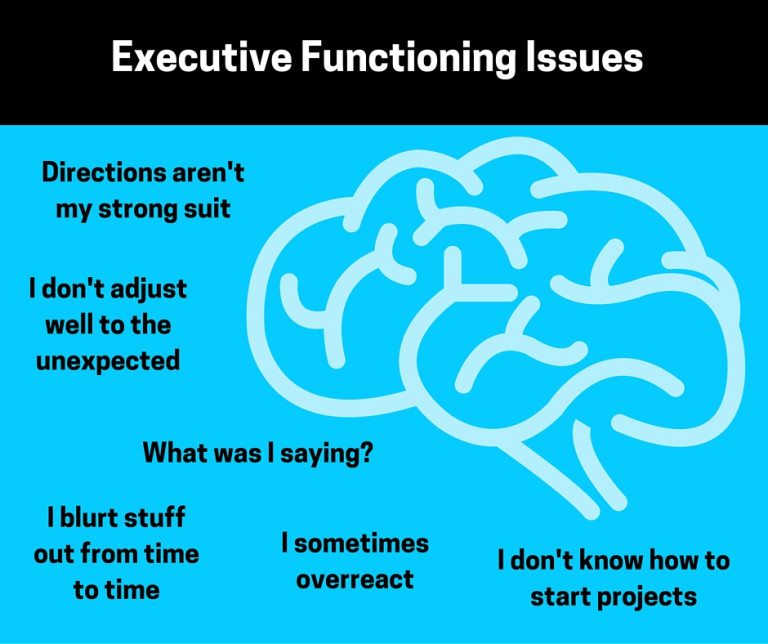Why is paying attention in school so difficult?

 Attention disorders such as ADHD or simply an inability to focus and pay attention is school is a common complaint from teachers and parents. Some kids stare out the window, others play the class clown and some get deeply frustrated, angry and unhappy. As parents, it’s easy to think that if they just focussed or tried harder, things would fall into place. Turns out it isn’t that simple.
Attention disorders such as ADHD or simply an inability to focus and pay attention is school is a common complaint from teachers and parents. Some kids stare out the window, others play the class clown and some get deeply frustrated, angry and unhappy. As parents, it’s easy to think that if they just focussed or tried harder, things would fall into place. Turns out it isn’t that simple.
We talked to Sandra Heusel at Eaton Arrowsmith (EA) on exactly WHY paying attention is so difficult for many kids. It turns out there are very real causes, and they have a lot to do with what are known as “executive functioning issues” in the brain.
Howard Eaton, the founder of EA puts its this way:
“We see difficulty with prefrontal engagement in students with ADHD diagnoses … but about 70 per cent of these students can come off their medications after completing individualized programs at EA.”
The reason for this is simple: the Arrowsmith Program helps students strengthen weaknesses in the prefrontal cortex that make executive functions challenging.
“A lot of kids are being medicated that don’t need to be medicated,” he said.
Four reasons paying attention in school is difficult
Cognitive overload
So your child can focus on their Lego at home, but the teacher says they are all over the map at school. For some kids taking in instructions and directions, writing them down and processing new information all at once is simply too much for their brains to handle. The effort is very tiring to the brain because key areas of the brain not working at capacity. Their brains freeze up and information leaks out of their weakly woven “cognitive basket.” When it’s time to learn new more complex skills like a new sport or reading, they get so overwhelmed with the strain on their brains that they revert to a task they know really well like chatting or doodling or acting out. Those same kids go home and play Lego for three hours. When they are strong at a given task and their cognitive basket it tightly woven, the focus comes easily.
Organization and planning difficulties
The left prefrontal cortex left enables you to organize your thoughts as well as plan and solve school work. When the left prefrontal cortex is not working at capacity, it’s like the conductor has left the orchestra and the symphony has gone from working in harmony to becoming a dissonant, noisy mess. This makes doing homework almost impossible.
Inability to understand non-verbal cues
The right side of the prefrontal cortex is responsible for non-verbal planning and and problem solving issues. So if your child is impulsive and blurts out inappropriate things or is a non-stop chatter, this may be their area of weakness. They have problems assessing social situations so may have trouble fitting in.
Low reasoning capacity and processing speed
Does your child struggle with reasoning in real time, making connections, sarcasm or jokes. If they have trouble following the thread of a conversation, relentlessly ask questions (but Why?), and can’t hang on to the thread of a debate or relate to fiction, this may indicate a problem with attention control as well. They may be a good student or memorizer, but they live in the concrete and have difficulty with concepts and independent or abstract thinking.
While this all might sound very overwhelming for parents, the good news is all of these areas of the brain can be strengthened with proper training. And that is what Eaton Arrowsmith is all about.
This post is sponsored by one of our Community Builders, Eaton Arrowsmith
At Eaton Arrowsmith we teach our students a series of exercises to help them strengthen their brains and address the cognitive weaknesses that cause their specific learning difficulties. We operate on the principle of neuroplasticity – the brain’s ability to be strengthened over time with targeted training. This sets us apart from other learning intervention programs. www.eatonarrowsmith.com
Harriet Fancott is the Editor and Social Media Manager for Vancouver Mom. She has over 20 years experience in the arts, tech and mom-based blogging arenas. She lives in East Vancouver with her husband and son where they enjoy exploring all that Vancouver has to offer from festivals and events to playgrounds and beaches to sushi and ice cream (although not together).





















